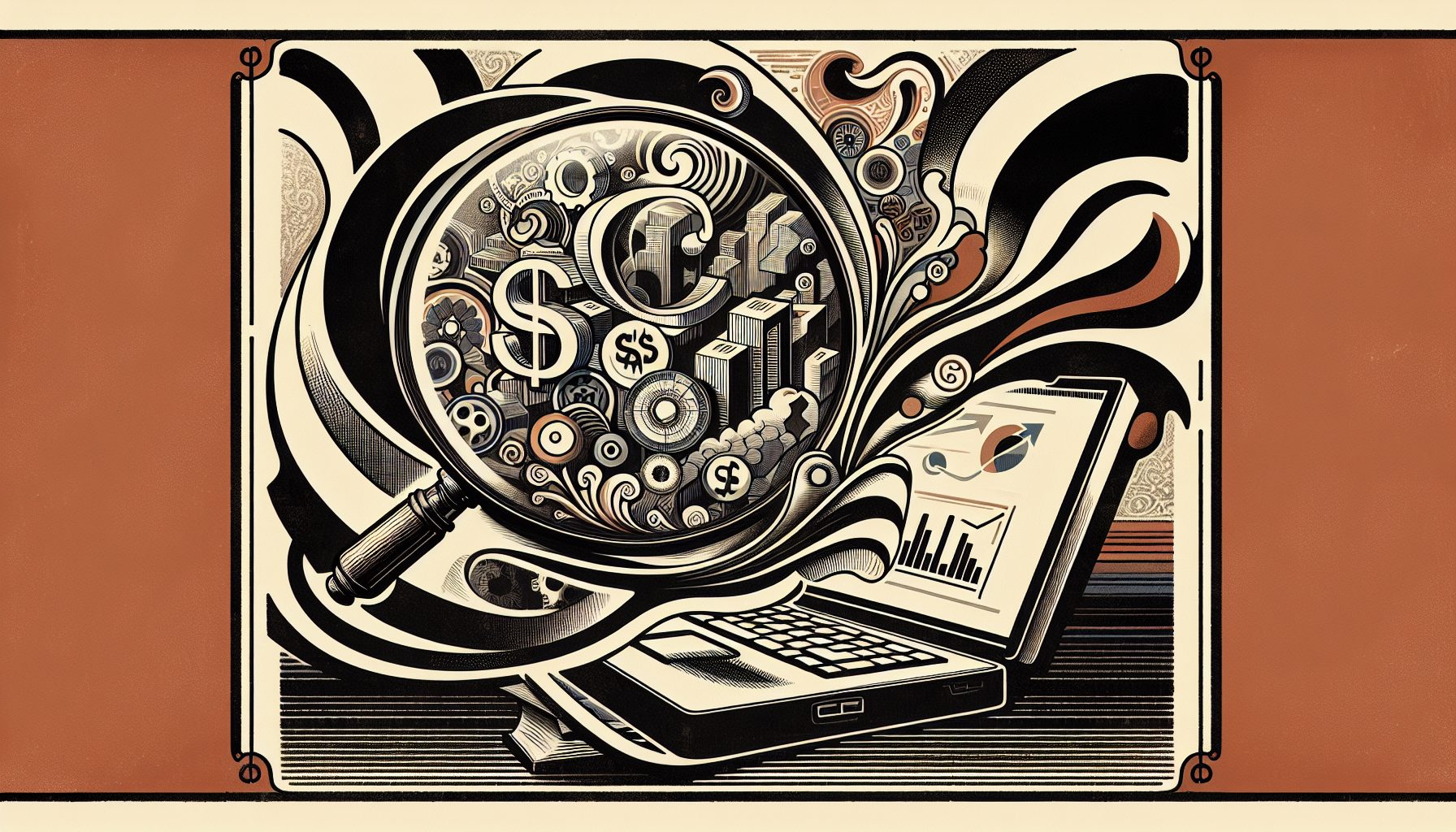We could all afford to invest a little more in financial literacy – and even those of us with years of experience managing our money aren’t always the most informed about even the simplest fiscal matters that crop up in daily life.
When it comes to choosing financial products, those with a solid grounding in the facts of finance will be in a stronger position to choose wisely, so if you’re not convinced you have a handle on this, stick with us as we illuminate the issues at hand and empower you to pick the right path.
Investigating Interest Rates for Smarter Banking Choices
Interest rates are widely used to market financial products to consumers, but unless you know how much of a difference they can make to the value of a given deal, it’s easy to overlook the significance that small variations can make.
Here are two fundamental areas over which they hold sway:
- Savings Accounts: Seeing how compound interest works in your favor could be motivating. A higher annual percentage yield (APY) means more money in your pocket over time.
- Loans and Credit Cards: Conversely, when it comes to borrowing, lower interest rates mean lower costs over the life of a loan. Knowing how to find and negotiate these rates can save you a significant amount.
It’s also a case of ensuring that people have enough financial literacy to compare financial products according to top-level aspects like interest rates while also playing the field and weighing up options from multiple providers – rather than just settling for whatever is offered to them by their existing bank.
So comparing rates on a credit card from Capital One against a credit card from Citi will give consumers not only a better deal, but a better idea of how to research a wide array of online banking services.
A recent survey from the NFEC found that 38% of people have lost at least $500 in the last year due to misunderstanding some core financial concepts – and more than that, the amounts being flushed away through subpar knowledge are growing annually.
So clearly, there’s a widespread need for deeper understanding, particularly concerning how interest rates work, and comparison tools take the sting out of this type of decision.
Taking Transaction Fees into Account
Transaction fees might seem minor on the surface, but they can accumulate quickly, chipping away at your finances until there’s a serious chunk missing. This means that nurturing an acute awareness of these fees and how different banks structure them can lead to considerable savings.
Here are two main talking points to keep in mind:
- Checking Accounts: Understand the typical fees associated with your account – including monthly maintenance, ATM use, and overdrafts. Look for accounts offering fee waivers under certain conditions like direct deposit or maintaining a minimum balance.
- Transfer Fees: Pay close attention to costs tied to sending money, whether domestically or internationally. Banks often vary greatly in these charges – and if you regularly need to transfer cash to friends and family in other parts of the country or the world, you need to sniff out providers that won’t penalize you for this.
According to a Bankrate report, a quarter of the country spends at least $24 each month to cover bank account-based fees, equating to almost $300 annually. Given that ATM fees alone are at record highs of $4.73, this issue can cause financial death by a thousand cuts.
As a result, consumers have to read the small print, invest in financial literacy, and do their research into any and all fees that apply – and one of the best ways to do this is to be upfront with a current or prospective online banking provider and ask them about what to expect.
This saves the time it takes to trawl through Ts and Cs to come up with an answer. It could form part of your financial spring cleaning efforts.
Why Security Matters
Online banking presents convenience but also risks, so knowing about the security measures that apply to top services in this sphere can protect you from potential financial disasters.
It goes hand in hand with money management knowledge and encompasses the following foundational things:
- Strong Passwords: Ensure your online banking accounts have complex and unique passwords. Avoid common words and include a mix of letters, numbers, and symbols.
- Two-Factor Authentication (2FA): Always opt for 2FA on financial accounts to add an extra layer of security beyond the password.
- Monitoring and Alerts: Set up account alerts for any transactions, log-ins, or other significant actions to keep tabs on unauthorized activities.
There’s no sign that the rise of cybercrime will slow down, and some estimates suggest that costs associated with it will top $13.82 trillion by 2028. If you don’t want to be one of its victims, knowing how to pick a suitably secure online banking service is a must.
Final Thoughts
While this is not an exhaustive examination of the ins and outs of financial literacy, it should give you enough to go on to ensure that your online banking decisions are well informed rather than marred by ignorance – so open your mind and learn as much as possible if you want to master your money, and not the other way around.








